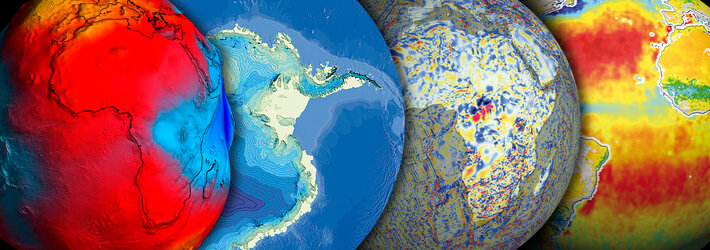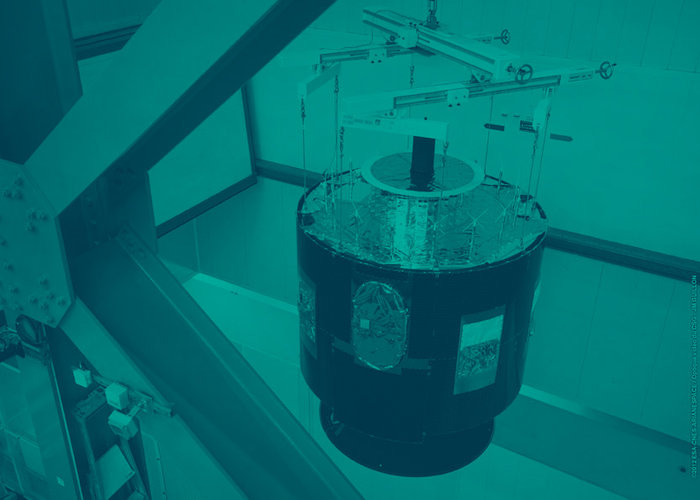Overview
Side-on from space, our atmosphere appears as a thin sliver of orange and blue. For all life on Earth, it functions as a combined life support system and protective shield. It supplies us with the air we breathe and protects us against harmful radiation.
Something in the air
However science has established that the composition of our atmosphere is changing, and the long-term consequences are unknown. Part, if not all, of the shift is due to us: about 200 years ago, at the start of the Industrial Revolution, the human race inadvertently began a gigantic chemical experiment, pumping out massive amounts of carbon dioxide, nitrogen, sulphates, other trace gases and dust into the air.
The most significant result so far has been global warming although we remain unsure of just how high temperatures could rise. Other unpleasant surprises have been acid rain, the depletion of the ozone layer and a global increase in asthma rates. All these phenomena need to be better understood to ensure accurate remedies are taken.
Mapping the invisible
To know more we have to see more. Space-based atmospheric sensors can look vertically or sideways to map the atmosphere in three dimensions, producing high-resolution horizontal and vertical cross-sections of trace chemicals, dust particles and clouds, stretching from ground level to a hundred kilometres in the air, all across a variety of scales.
Instruments already in orbit can detect holes in the thinning ozone layer, plumes of aerosols and pollutants hanging over major cities or burning forests, and exhaust trails left in the atmosphere by commercial airliners. Future missions such as ESA's Aeolus will add to this picture by carrying out direct laser-based measurements of global wind fields, helping to establish the pattern of atmospheric mixing.
Watching the sky
Satellites in orbit will witness the way our atmosphere functions as a dynamic system, and how it reacts to human inputs. Earth observation will help predict the future consequences of our actions and provide reliable indicators to support the ongoing debate over global warming and its likely effects on the Earth.










